Release time: Jul. 10, 2024
Textile slings are essential tools in various industries, known for their flexibility, strength, and versatility. However, like all equipment, they have a finite lifespan. Understanding the factors that influence the longevity of textile slings and knowing when to replace them is crucial for maintaining safety and efficiency. This article explores how long you can use a textile sling and the factors affecting its lifespan.
Several factors determine how long a textile sling can be used effectively. These include the material, frequency of use, load weight, and environmental conditions.
Material: Textile slings are made from various materials such as polyester, nylon, and polypropylene. Each material has different durability characteristics. For instance, polyester slings are resistant to UV light and chemicals, making them suitable for outdoor use. Nylon slings, on the other hand, are strong and elastic but can be degraded by exposure to certain chemicals.
Frequency of Use: The more frequently a sling is used, the quicker it will wear out. Regular inspections are necessary to assess wear and tear, especially in high-use environments.
Load Weight: Overloading a sling beyond its rated capacity significantly shortens its lifespan. Always adhere to the manufacturer’s weight limits to ensure longevity and safety.
Environmental Conditions: Exposure to harsh environmental conditions such as extreme temperatures, UV radiation, chemicals, and moisture can degrade the material of the sling. Proper storage and handling are essential to extend the lifespan of a textile sling.
Regular inspection of textile slings is critical to ensure their safety and effectiveness. Here are common signs of wear and tear to look out for:
Fraying and Cuts: Visible fraying, cuts, or tears on the surface of the sling indicate significant wear. Such damage compromises the sling’s strength and can lead to failure under load.
Abrasion: Abrasion occurs when the sling rubs against rough surfaces, causing the fibers to weaken and break down. Look for areas where the material appears worn or thin.
Discoloration and Stiffness: Chemical exposure can cause discoloration and stiffness in the sling material. If a sling becomes stiff or shows unusual color changes, it may have been compromised.
Damage to Tags and Labels: The identification tags and labels on a sling provide crucial information about its capacity and safety. If these are damaged or illegible, the sling should be taken out of service.
Adhering to best practices can significantly extend the lifespan of textile slings and ensure safe operation.
Proper Storage: Store slings in a cool, dry place away from direct sunlight and chemicals. Hanging slings on racks can prevent them from becoming tangled or damaged.
Regular Inspections: Conduct regular inspections before and after each use. Look for signs of wear and tear and replace slings that show significant damage.
Avoid Overloading: Never exceed the rated capacity of a sling. Overloading not only shortens the lifespan of the sling but also poses serious safety risks.
Clean Regularly: Keep slings clean by washing them with mild soap and water. Avoid using harsh chemicals that can degrade the material.
The lifespan of a textile sling depends on several factors, including material, frequency of use, load weight, and environmental conditions. Regular inspections and adherence to best practices are essential to maximize the useful life of a sling and ensure safety. For more information or to source high-quality textile slings, contact us for expert guidance and assistance. As a trusted supplier, we are dedicated to providing the best products tailored to your specific needs.
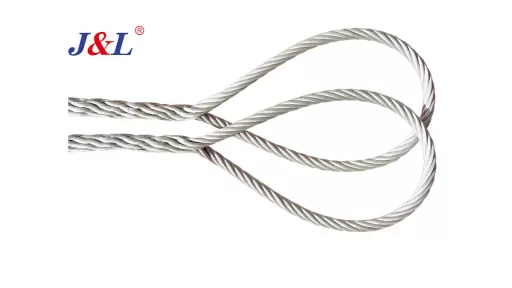 Wire Rope Sling
Wire Rope Sling
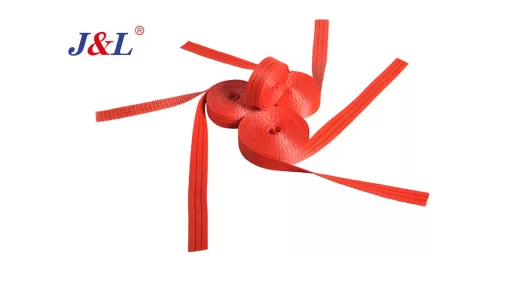 Lashing Belt Material
Lashing Belt Material
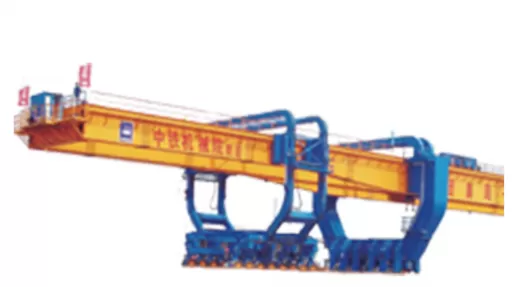 JQ900B Bridge Erecting Crane
JQ900B Bridge Erecting Crane
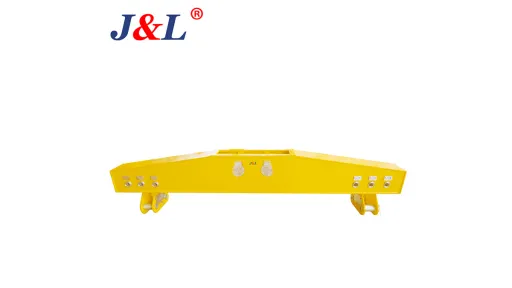 Lifting Beam
Lifting Beam
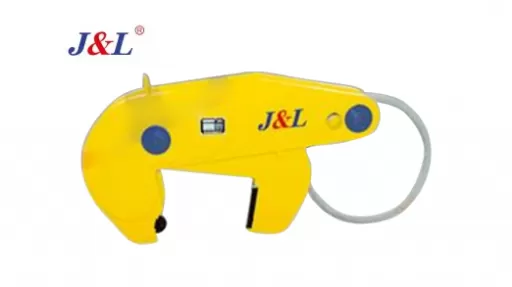 Vertical Steel Coil Lifting Clamp (Endless Wire rope sling type)
Vertical Steel Coil Lifting Clamp (Endless Wire rope sling type)
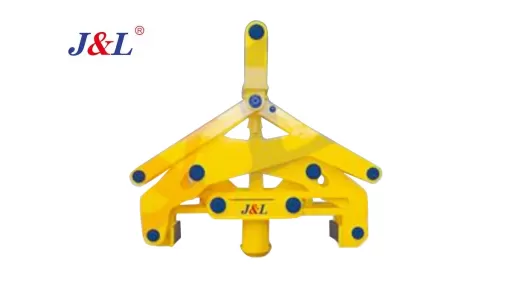 Vertical Steel Coil Lifting Clamp (Double fixture)
Vertical Steel Coil Lifting Clamp (Double fixture)
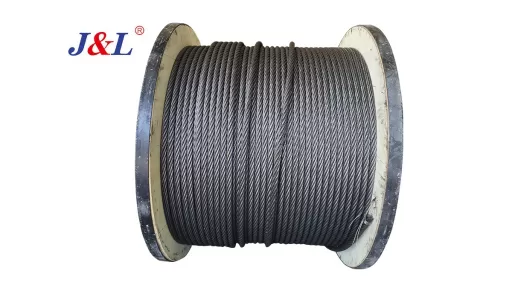 Fiber Core Steel Wire Rope
Fiber Core Steel Wire Rope
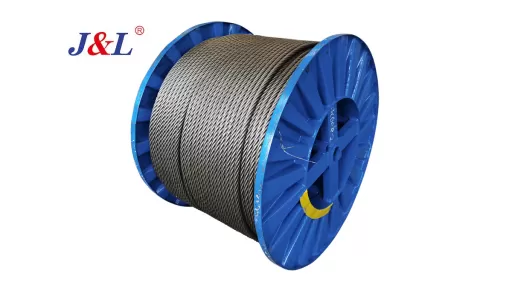 Galvanized Steel Wire Rope
Galvanized Steel Wire Rope
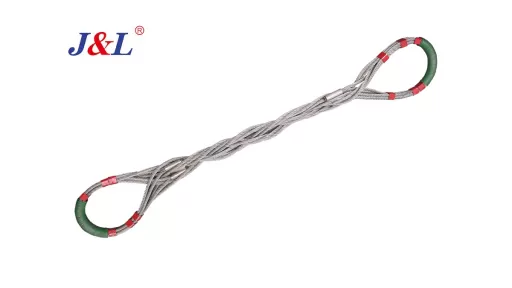 Nine Strand Steel Wire Rope Sling
Nine Strand Steel Wire Rope Sling